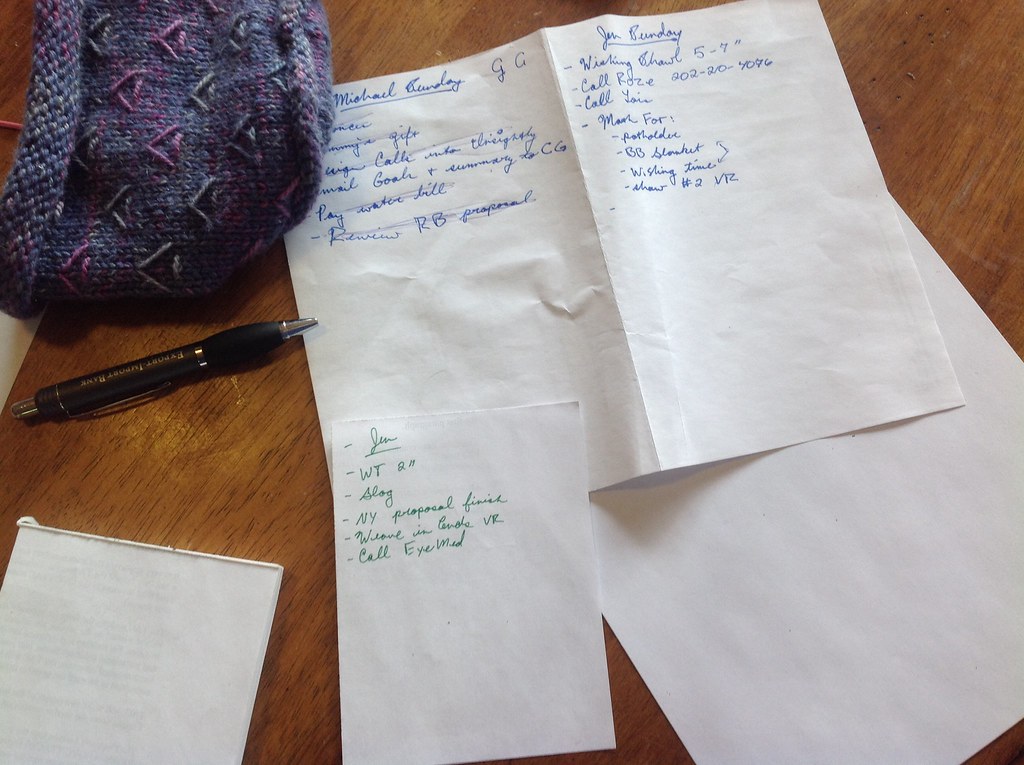This is the next edition of a semi-regular series From the Business Desk I am writing to look at some of the important factors in running a Small Fiber Arts Business. This feature revolves around some ideas and concepts that you can use when posting content online and via social media.
Driving content to any website or blog isn’t easy. Especially with the proliferation of social media and so-called link aggregation sites like Buzzfeed or Tumblr, online viewers are faced with an overwhelming amount of content to sift through. How can you, the publisher, rise above the noise, and provide your audience with a healthy variety of content to keep them engaged and continuing to return to your site? Social Media giant Facebook has some analysis from their experience, much of it is good advice: ask questions, vary your style, and keep up your volume.
In terms of content, however, there’s a quick little memonic that I’ve always believed in to help you not only have varied style and volume, but different topics as well. I think this is particularly apropos for the fiberarts industry, where so much of the culture and community is derived from sharing new ideas and teaching others’ new tips and techniques. It’s called the Idea (or rule) of Thirds for Online Content. It goes like this:
1/3 of your content should be Informational
1/3 should be Instructional
1/3 should be Personal
Here at Tinking Turtle, we try (and emphasis on try given life’s challenges as mentioned before) to come up with a monthly posting schedule and theme, and then break down the posts based on these buckets.
 |
| This is our Posting Schedule for last November. Note the other topics for me at the bottom… I’m just now getting to writing about the Idea of Thirds! |
Each of these buckets can engage a different set of readers, or engage frequent readers in different ways. The Informational grouping for content can encompass topics such as reviews of new patterns, new yarns, new books, or other knowledge based topics that you the poster want to share with your audience, for example this post you’re reading! Instructional topics are pretty straight forward, and engage the folks’ who peruse your site hoping to learn something new (like Jen’s Embroidering with Crochet piece) or with a question to be answered. Instructional topics can also lead into a more active offline engagement with readers, as once they have learned a technique or style they may want to pursue that with you through one on one interactions or even taking an in depth class.
Personal topics are topic matter most commonly associated with blogs; they are stories, experiences, and musings of the poster (such as my German Restaurant post about the origins of the Tinking Turtle name from last year) and add a human element to a website. Readers want to know they are dealing with people, not robots, and having this down to earth content helps drive that connection to keep them coming back.
There are any number of ways you can break down posting content to achieve variety to provide engaging and provoking content. The Idea of Thirds is one great concept to keep in the back of your mind when contemplating your online content, whatever the platform, going forward!
~ Mr. Turtle


